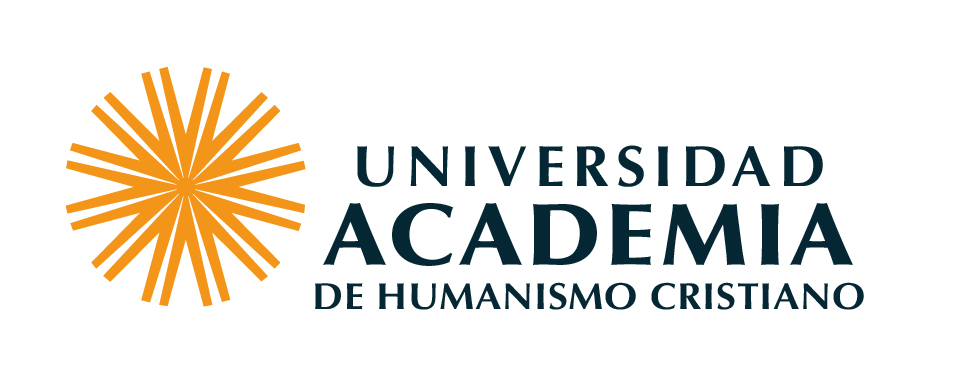The oldest metallurgy in western Europe / Arturo Ruiz-Taboada.
Material type: ArticleSubject(s):
In:
Anthropology TodaySummary: Recent excavations at the Neolithic site of Cerro Virtud (Almerêa, southeast Spain) have produced new information about the development of metallurgy that may change ongoing research not only in the Iberian Peninsula but also in the rest of western Europe. The discovery of metallurgy in this region in the first half of the 5th millennium BC poses serious challenges to the interpretation of how this industry developed and spread, given that the nearest European region with similar evidence is the Balkans. This study presents the archaeological context of the discovery and the various analytical techniquesSummary: Recent excavations at the Neolithic site of Cerro Virtud (AlmerÍa, southeast Spain) have produced new information about the development of metallurgy that may change ongoing research not only in the Iberian Peninsula but also in the rest of western Europe. The discovery of metallurgy in this region in the first half of the 5th millennium BC poses serious challenges to the interpretation of how this industry developed and spread, given that the nearest European region with similar evidence is the Balkans. This study presents the archaeological context of the discovery and the various analytical techniques
ArticleSubject(s):
In:
Anthropology TodaySummary: Recent excavations at the Neolithic site of Cerro Virtud (Almerêa, southeast Spain) have produced new information about the development of metallurgy that may change ongoing research not only in the Iberian Peninsula but also in the rest of western Europe. The discovery of metallurgy in this region in the first half of the 5th millennium BC poses serious challenges to the interpretation of how this industry developed and spread, given that the nearest European region with similar evidence is the Balkans. This study presents the archaeological context of the discovery and the various analytical techniquesSummary: Recent excavations at the Neolithic site of Cerro Virtud (AlmerÍa, southeast Spain) have produced new information about the development of metallurgy that may change ongoing research not only in the Iberian Peninsula but also in the rest of western Europe. The discovery of metallurgy in this region in the first half of the 5th millennium BC poses serious challenges to the interpretation of how this industry developed and spread, given that the nearest European region with similar evidence is the Balkans. This study presents the archaeological context of the discovery and the various analytical techniques
| Item type | Current library | Collection | Call number | Copy number | Status | Date due | Barcode | |
|---|---|---|---|---|---|---|---|---|
| Analítica de revista | Biblioteca Central Colección General | General | ANTIQUITY-282/99 (Browse shelf(Opens below)) | 1 | Available | FICTICIO531 |
Antiquity 73 (1999): 897Ð903
Recent excavations at the Neolithic site of Cerro Virtud (Almerêa, southeast Spain) have produced new information about the development of metallurgy that may change ongoing research not only in the Iberian Peninsula but also in the rest of western Europe. The discovery of metallurgy in this region in the first half of the 5th millennium BC poses serious challenges to the interpretation of how this industry developed and spread, given that the nearest European region with similar evidence is the Balkans. This study presents the archaeological context of the discovery and the various analytical techniques
Recent excavations at the Neolithic site of Cerro Virtud (AlmerÍa, southeast Spain) have produced new information about the development of metallurgy that may change ongoing research not only in the Iberian Peninsula but also in the rest of western Europe. The discovery of metallurgy in this region in the first half of the 5th millennium BC poses serious challenges to the interpretation of how this industry developed and spread, given that the nearest European region with similar evidence is the Balkans. This study presents the archaeological context of the discovery and the various analytical techniques
There are no comments on this title.
